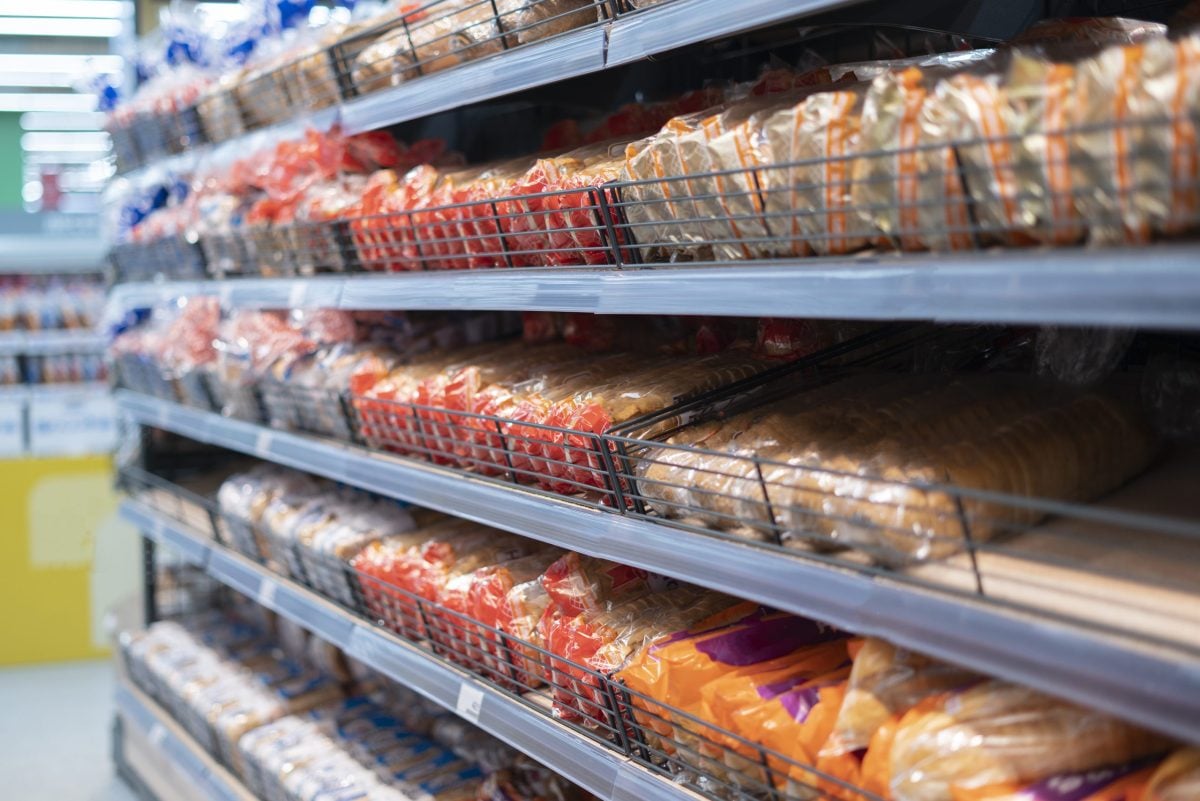Biofuel production is making it more difficult to feed hundreds of millions of malnourished people around the world, says a leading official with the World Food Programme.
Ramiro Lopes Da Silva said the use of corn and other crops to produce ethanol and biodiesel continues to present challenges to the WFP, which provides more than $1 billion worth of food aid annually.
However, he stopped short of suggesting that the biofuel industry is jeopardizing the livelihood of the world’s most vulnerable people.
Instead, he said availability of food, water and fuel are intricately connected. Production and consumption of all three must be viewed holistically.
Read Also

Canada’s Loblaw raises annual profit forecast on resilient grocery demand
Loblaw raised its annual profit forecast after beating third-quarter profit estimates on Wednesday, as the Canadian retailer bet on demand for grocery and medicines at its discount stores to remain resilient amid economic uncertainties.
“We have been monitoring carefully and closely the development of the whole biofuels industry and obviously it’s one more element in the question,” said Lopes Da Silva, who spoke in Saskatoon last week at a forum on global food security.
“With the expectation of a growing world population, we need to look at the issues of water, food and energy as a package.… Any action that we take in one of those areas is bound to have implications on the other, so we need to tackle them together. “We are watching carefully, but we are not taking a firm position, saying biofuels don’t make sense. Let’s look at the implications and how they connect to one another.”
The debate surrounding the use of food to produce fuel has been around for years but it has garnered more attention in recent months, thanks to global production challenges in key food producing regions, most notably the United States.
According to the U.S. Department of Agriculture, an estimated 42 percent of the U.S. corn crop — more than 4.5 billion bushels — was used to produce ethanol in 2012.
Last week, top executives with Glencore International and Olam International added more fuel to the debate, suggesting the conversion of corn into ethanol contributes to higher commodity prices, reduces food availability and has the largest impact on the world’s poorest people.















